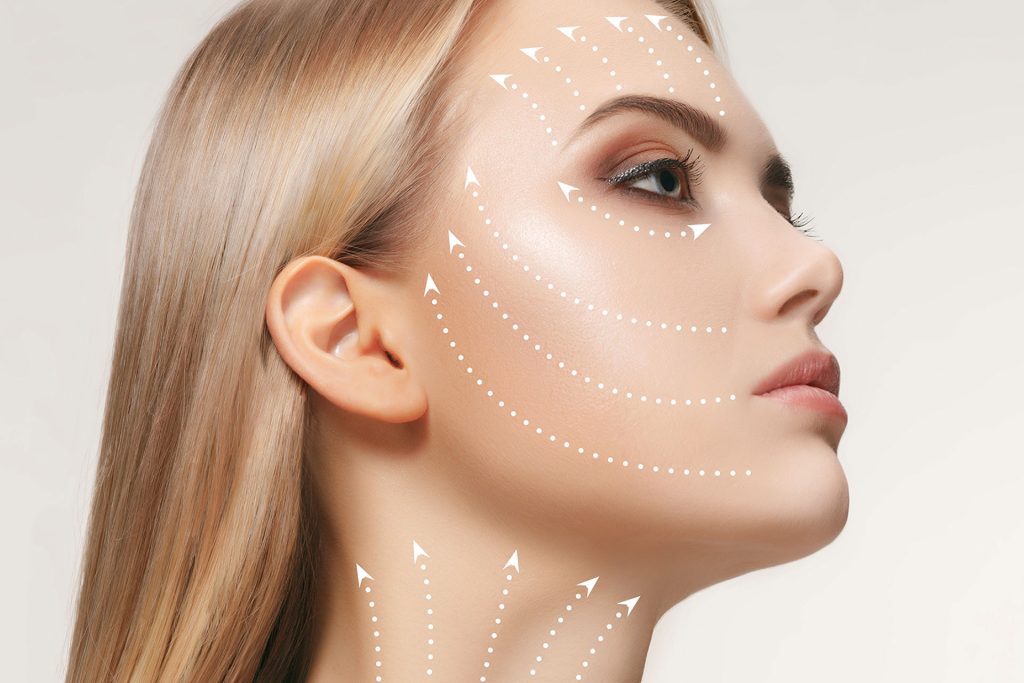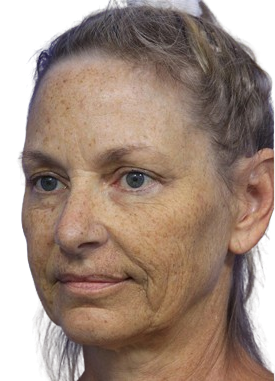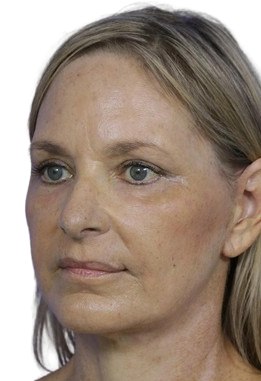How Is a Facelift Performed and What Are the Different Methods?
A facelift is a common cosmetic procedure used to enhance facial skin appearance and eliminate signs of aging. There are various facelift techniques, some involving surgery and others being non-surgical. Surgical facelifts are usually recommended when wrinkles are deep and the aging process is more advanced, whereas non-surgical methods are typically suited for younger individuals. The right facelift technique depends on your skin condition and the degree of aging, and it should be chosen through professional consultation. In this article from Dr. Benyamin Rahmati’s website, we will explore facelifts in detail—stay with us until the end.
What is a face lift?
As we age, our bodies produce less collagen, and the skin loses its elasticity. This results in visible signs of aging such as wrinkles, sagging, and loose skin. A facelift—also known as a rhytidectomy—is a general term for surgeries aimed at removing excess skin, smoothing out wrinkles, and tightening facial tissues. Facelifts can also be performed non-surgically. In addition to the face, facelift procedures are often done on the neck (neck lift) to eliminate signs of aging. It’s important to note that rhytidectomy is a cosmetic surgery and not a medical necessity. In the following sections, we will explore the different types of facelift procedures.

Who Are the Best Candidates for a Facelift?
Facelifts can be performed on anyone seeking to improve the appearance of their skin; however, the best candidates typically meet the following criteria:
- Individuals in good health, free of medical conditions, and able to heal properly after surgery.
- Non-smokers who do not use any illicit substances.
- People who are familiar with facelift procedures and have realistic expectations about the results.
Benefits of face lift
Facelift surgery helps correct visible signs of aging and skin sagging, which is why it is highly popular. A facelift can effectively address the following skin concerns:
- Excess skin along the jawline
- Sagging cheeks
- Fat loss and drooping facial tissues
- Deep skin folds running from the sides of the nose to the corners of the mouth
- Loose skin and excess fat in the neck area (neck lift)
Types of face lift
Traditional face lift
In a traditional facelift, incisions are made around the ears, along the hairline, and under the chin. The skin is then lifted away from the underlying tissues so the muscles and supportive structures of the face and neck can be tightened. If necessary, excess fat beneath the skin is removed. Finally, the skin is repositioned and the surplus is trimmed. This method is ideal for individuals with significant skin aging and deep wrinkles.
Mid-Face Lift
This surgical facelift technique focuses on the mid-face region, especially the cheeks. During the procedure, the muscles are tightened, excess fat is removed, and surplus skin is trimmed to create a firmer, more youthful appearance.
SMAS face lift
The SMAS (Superficial Musculo-Aponeurotic System) facelift targets the lower two-thirds of the face. This technique involves tightening the underlying muscle and tissue layers, removing excess fat, and trimming extra skin to restore a youthful facial contour.
Mini face lift
This is a less invasive facelift procedure that targets the lower portion of the face and skin. It is suitable for individuals with minimal signs of aging, often younger patients. The surgery takes less time, and only small incisions are made.
Non-surgical face lift
Non-surgical facelift methods do not involve anesthesia or skin incisions, yet they effectively address signs of aging and wrinkles. These include:
Laser Facelift (Endolift)
This is a non-surgical and scar-free method where a laser beam with a wavelength of 1470 nm is introduced under the skin to stimulate collagen production.
Carboxytherapy
In this method, CO₂ gas is injected beneath the skin, reducing oxygen delivery. The body responds by increasing blood flow and nutrients to the area, which in turn stimulates collagen production.
Thread Lift
This method involves the use of absorbable threads to gently lift the skin upward, improving its appearance.
HIFU Therapy
This method stimulates collagen production in the skin using ultrasound waves. HIFU is typically done in a single session and is usually repeated annually.
Dermal fillers
Types of dermal fillers include gel and fat. In this procedure, hollow areas under the skin are filled, giving the skin more volume.
Botox Injections
Botox is used to smooth out fine facial lines caused by repetitive movements such as smiling and frowning.
Photo before and after face lift



- Do not touch or interfere with the wound or the scabs that may form over it.
- Avoid wearing clothes that need to be pulled over the head and opt for buttoned clothing instead.
- Follow your doctor’s instructions regarding the use of shampoos or other skincare products.
- Refrain from engaging in intense physical or aerobic activities.
- On the morning of the surgery, you should wash your face and hair with an antibacterial soap.
- Avoid direct sunlight for at least 3 weeks, and after that, always apply sunscreen.
- Do not use hair dye or bleach for at least 8 weeks.
- Avoid applying any cosmetic products near the incision sites.


Preparing for a Face Lift
When you visit the doctor for a face lift, the surgeon will first assess your medical conditions, medication dosages, and medical history.
They will also ask about any previous cosmetic surgeries and your history of smoking, alcohol, or drug use.
Next, the surgeon will evaluate your face from different angles, including bone structure, face shape, fat distribution, and skin quality.
The doctor will also discuss expected outcomes and potential risks of the face lift with you.
- You may be asked to take specific medications or apply special products on your skin.
- Avoid smoking completely.
- Do not eat or drink anything the night before your facelift surgery.
- Aspirin and anti-inflammatory drugs must be avoided as they increase the risk of bleeding.
- On the morning of surgery, wash your face and hair with an antibacterial soap.
After facelift surgery, it’s normal to experience mild to moderate pain, swelling, bruising, and temporary numbness.
However, unusual symptoms such as chest pain or irregular heartbeat are abnormal and require immediate contact with your doctor.
Like any other procedure, facelift surgery may cause side effects, but long-term or permanent complications are rare.
The possible complications of facelift include:
Swelling and numbness of the face
This issue may persist for several weeks or even months.
Tightness in the face and mouth
This side effect usually resolves within six weeks.
Mood changes
In the first few days after facelift surgery, you may experience low mood.
Hair loss
Hair strands at the incision site, especially near the temples, may fall out temporarily or permanently.
Nerve damage
Rarely, facelift surgery may cause damage to facial nerves (temporary or permanent), affecting facial movements and skin sensation.
Hematoma
This complication causes swelling and pressure. It may occur within 24 hours after the facelift and usually requires urgent surgical intervention.
Skin loss
This is a rare complication caused by impaired blood supply to facial tissues. It can usually be treated with medication and proper care.
Scar
Surgical facelift procedures typically leave scars, but they are usually concealed within the hairline and natural facial contours.
Performing a Facelift at Trusted Clinics
In this article from Dr. Benyamin Rahmati’s website, we introduced facelift as one of the effective methods to eliminate wrinkles and skin sagging and covered key related points. As mentioned, facelift procedures may carry potential risks. To avoid complications, the facelift must be performed at trusted clinics by experienced surgeons.
Dr. Benyamin Rahmati is one of the most experienced cosmetic surgeons who performs various facelift techniques professionally. He has a successful track record in cosmetic surgeries such as rhinoplasty, blepharoplasty, Botox injections, and facelifts, making him an excellent choice for these procedures.



